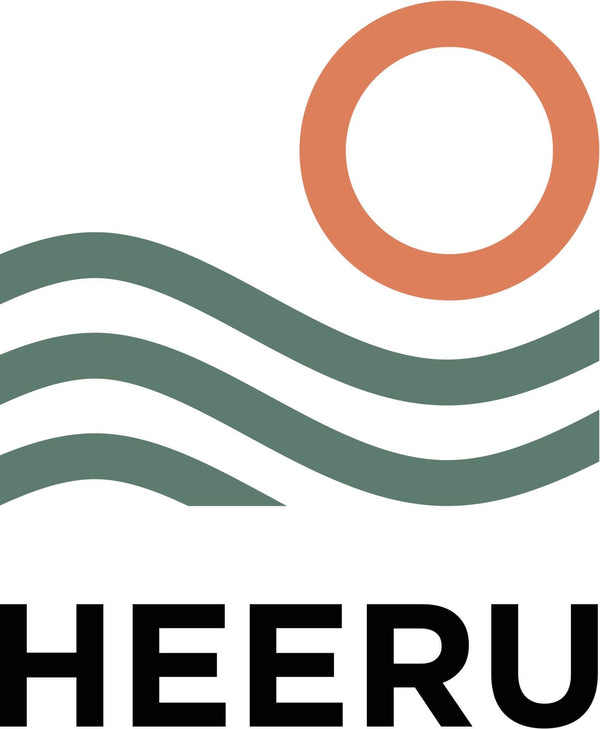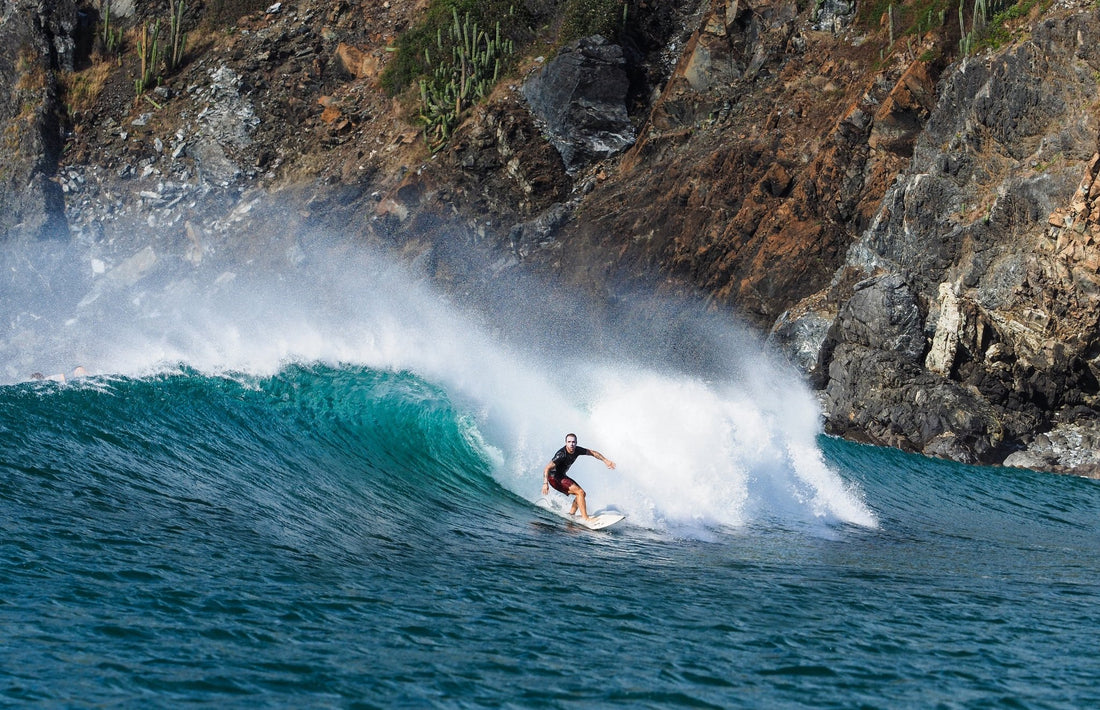While surfing offers an unparalleled thrill, some surfers encounter an unexpected nemesis: rib pain. In this article, we'll explore effective ways to prevent this kind of pain - so that you can actually focus on enjoying your surf sessions.
Prepare Your Ribs for Physical Activity
Warm-up and Stretching Routine
A common misunderstanding in surfing circles is the belief that sweating in the tropical sun eliminates the need for a warm-up. Feeling hot doesn't mean your muscles are ready to go. They still benefit from some preparation. Engaging in a comprehensive warm-up routine increases blood flow to the muscles, making them more pliable and less prone to injury. Focus on dynamic stretches that target the core and upper body, including torso rotations, side bends, and arm circles. This not only prepares your muscles for the physical demands of surfing but also helps prevent pain.
Check Your Technique
For some surfers, their rib pain might be due to improper paddling technique. Ensure your paddling form is correct by keeping your elbows slightly bent and close to your body. Avoid overreaching during paddling, as this can strain the muscles around the rib cage. Implementing efficient paddling techniques reduces the stress on your upper body, minimizing the risk of developing rib pain.
Use Adequate Gear
Investing in the right surfing equipment can significantly contribute to preventing rib pain. Ensure that your surfboard is suitable for your skill level and body size. A board that is too small may require excessive twisting and turning, putting unnecessary strain on your upper body. Additionally, using a well-fitted wetsuit provides support to your core muscles, reducing the risk of rib pain.
If you surf without a wetsuit, our Heeru Ribguard can help you effectively prevent pain. Since it provides a protective padding of 9mm in the rib area, it distributes the pressure on your ribcage more evenly. The rib guard can be worn in combination with your bathing suit/board shorts, underneath a rash guard or underneath a wetsuit to provide extra padding.
Take Breaks and Listen to Your Body
Surfing is a physically demanding activity, and pushing your body beyond its limits can lead to injuries, including rib pain. Take regular breaks during your surfing sessions to allow your muscles and tissues to recover. Particularly during a surf holiday, the temptation to dive head first into the waves with multiple 2-hour sessions daily is strong. It's essential to recognize that going from 0 to 100 can be a shock to your body. Instead, contemplate a more gradual onset to allow your body to acclimate and minimize the risk of strain or injury. If that means that you take a rest day after the first 3 days in the water that will allow you to still enjoy surfing after 2 weeks - then great. Listen to your body's signals and rest when needed. Ignoring discomfort may lead to overuse injuries, including strains in the upper abdominal and rib area.
Let your Body Recover Post-Surf
After a surfing session, dedicate time to a proper cool-down and recovery routine. Gentle stretching, foam rolling, and applying ice to the affected areas can help alleviate muscle soreness and prevent rib pain. Hydrate well to promote muscle recovery and reduce inflammation, contributing to a faster healing process.
Conclusion
Rib pain while surfing can be a common issue, but with the right preventative measures, you can minimize the risk of developing knock-out-level pain and actually enjoy your time on the waves. Implementing a thorough warm-up, focusing on paddling technique, strengthening your core, taking breaks, and prioritizing post-surf recovery are essential steps in preventing rib pain. The reason why we’ve created the Heeru Ribguard is that we believe that surfers deserve to be educated on pain management and pain prevention. We are convinced that when these measures are combined with the right protective gear, surfers can actually experience the waves pain-free.
Remember that it's essential to prioritize safety and be mindful of your body's limitations while enjoying surfing. If you experience persistent or severe rib-area pain, consult a healthcare professional for a proper diagnosis and treatment plan.

